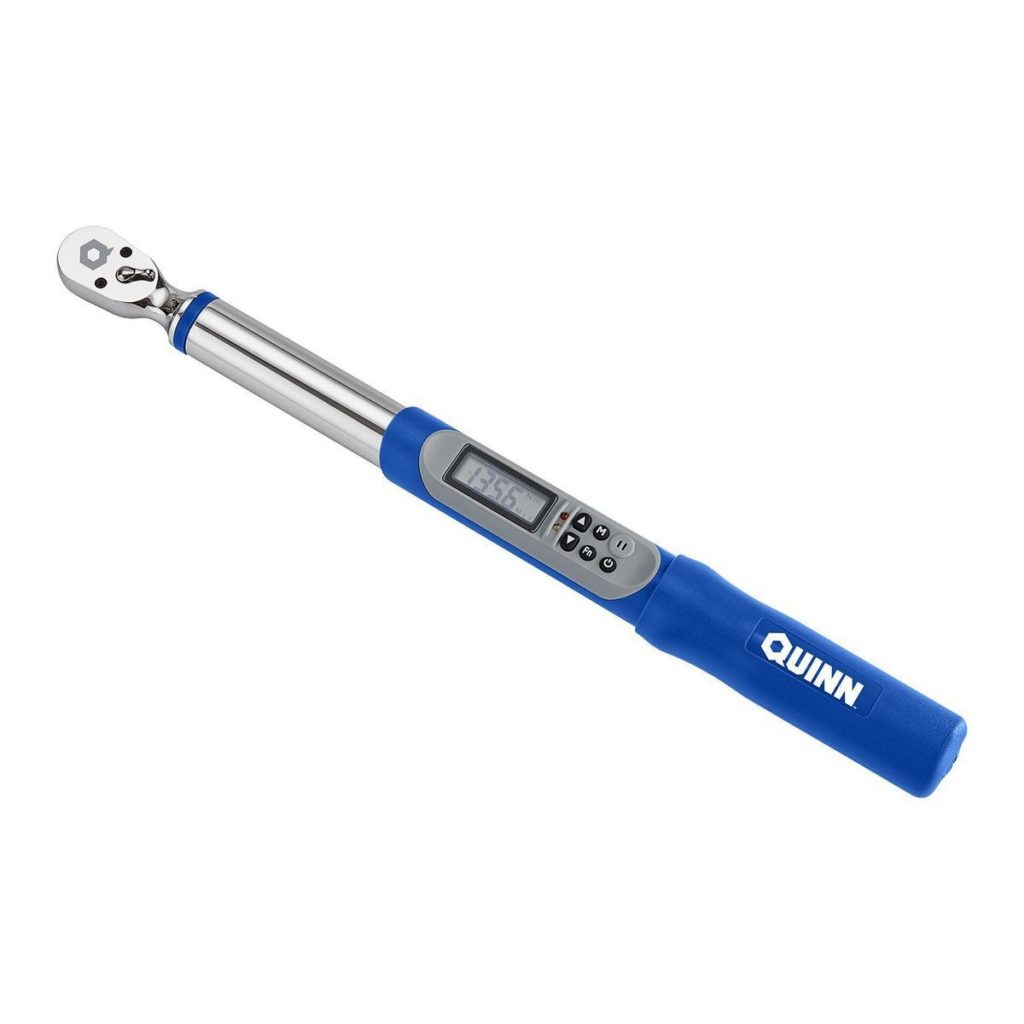Understanding Torque Specs in Automotive Applications
Righty-tighty, till snug. Exactly, how much torque does that bolt need? If it’s too tight you risk snapping the bolt or damaging the part. If it’s too loose, things could rattle apart. Proper torquing is an important part of automotive repair, affecting everything from engine function to suspension stability.
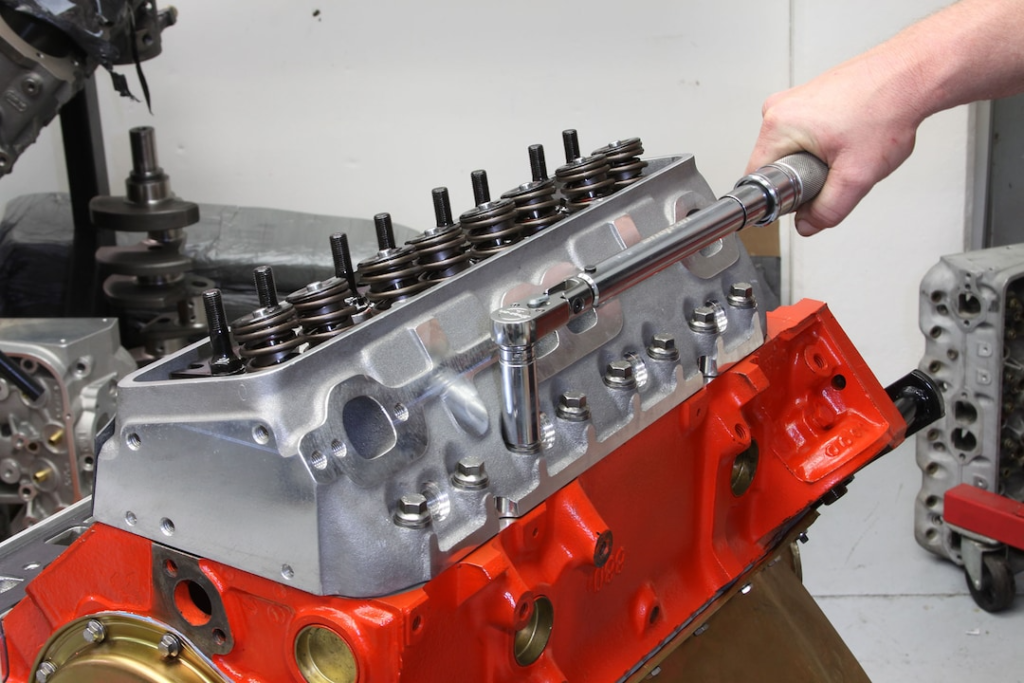
What Does Torquing Mean?
Torquing is the process of applying a specific rotational force to a bolt or nut. This force ensures that the fastener is tightened to a level that provides sufficient clamping force without overloading or damaging the bolt or the components being joined.
- Torque is measured as force multiplied by distance (e.g., foot-pounds [ft-lb] or Newton-meters [Nm]).
- Proper torquing ensures uniform stress distribution, preventing issues like vibration, loosening, or failure.
When you torque a bolt, the applied force stretches the bolt slightly, creating tension that holds the components together. Over-torquing can overstretch the bolt, leading to failure, while under-torquing can result in insufficient clamping force.
What Happens When You Torque a Bolt?
Torquing a bolt causes its threads to engage tightly with the mating threads, creating friction and tensile load. This tensile load is what keeps the bolt in place and holds the components securely.
- Elastic Zone: When torque is applied correctly, the bolt operates within its elastic zone, meaning it can return to its original length when loosened.
- Plastic Zone: If over-torqued, the bolt enters the plastic zone, permanently deforming and losing its clamping ability.
- Clamp Load: Torquing a bolt achieves the clamp load necessary to prevent loosening due to vibration and dynamic forces.

Types of Torque Wrenches
Torque wrenches are precision tools designed to apply a specific amount of torque. Different types work better than others. Remember there is also wrenches that measure in lb-ft, and others that measure with in-ft.
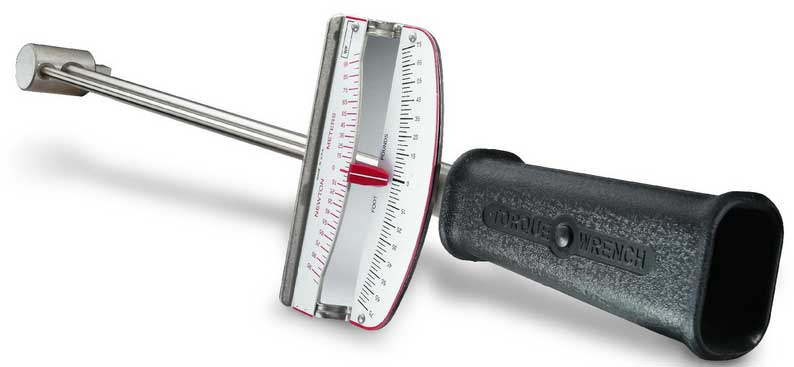
Beam Torque Wrench:
- Features a deflecting beam with a pointer to display torque.
- Simple and durable but requires careful attention to the scale.
Digital Torque Wrench:
- Offers electronic torque readings and often stores data for record-keeping.
- Ideal for high-precision applications.

Dial Torque Wrench:
- Provides a dial indicator for precise torque measurements.
- Often used in laboratory or high-precision settings.
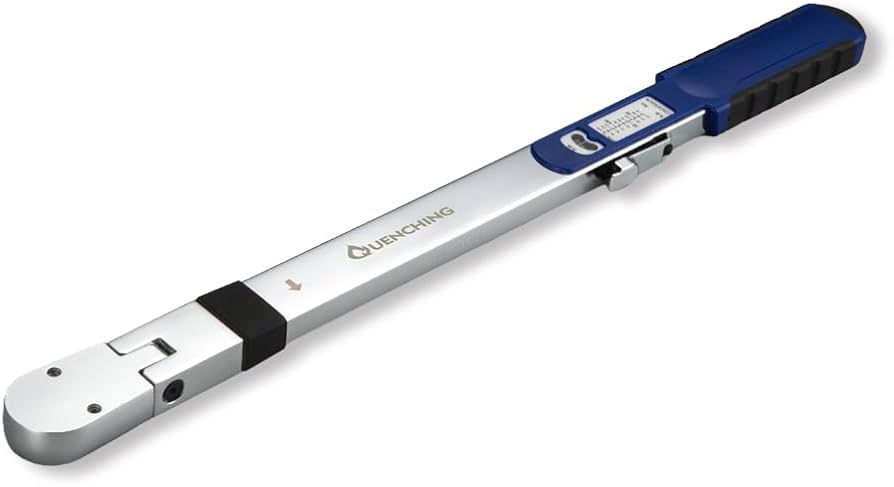
Split Beam Torque Wrench:
- Combines durability with click functionality.
- Often used for heavy-duty applications.
SAE Bolt Grades and Torquing
The Society of Automotive Engineers (SAE) classifies bolts by grades, indicating their strength and material properties. Each grade has specific torque limits.
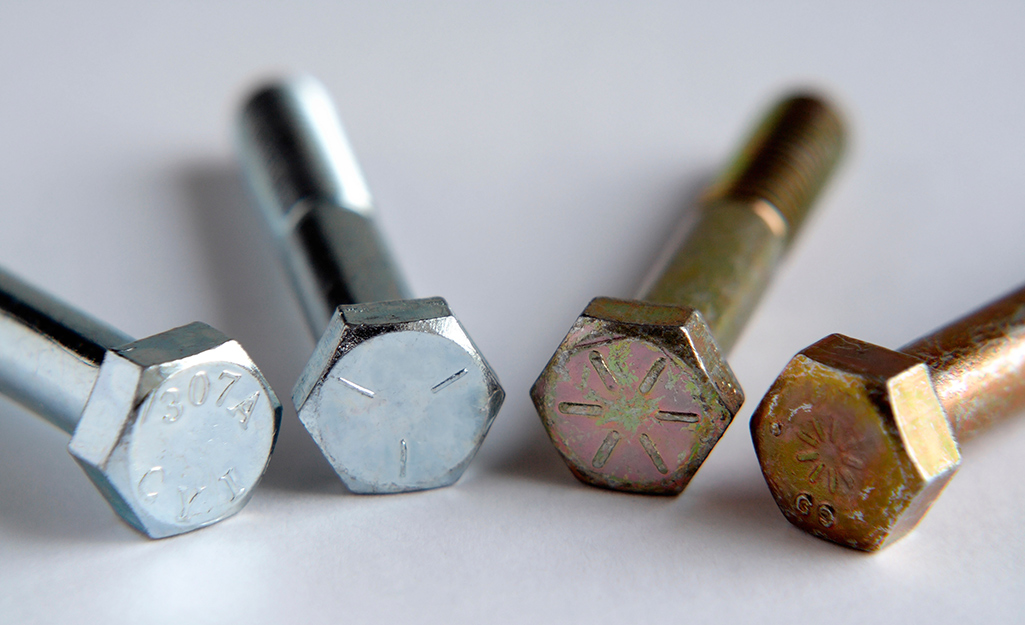
-
SAE Grade 2:
- Low-strength, common for non-critical applications.
- Lower torque limits to avoid damage.
-
SAE Grade 5:
- Medium-strength bolts used in automotive applications like engine mounts.
- Higher tensile strength and torque capacities.
-
SAE Grade 8:
- High-strength bolts for critical applications like suspension and drivetrain.
- Requires careful torquing due to higher strength and brittleness.
Key Considerations for Torquing
-
Thread Lubrication:
- Lubricants reduce friction, altering the torque required to achieve the same clamp load.
- Always follow the manufacturer’s recommendations for lubrication.
-
Bolt Materials:
- Steel bolts are most common, but applications may require aluminum or stainless steel bolts, which have different torque specs due to their material properties.
-
Re-Torquing:
- Some applications, like wheel lug nuts, require re-torquing after initial use to ensure proper clamping as components settle.
-
Calibration of Tools:
- Torque wrenches must be calibrated regularly to ensure accuracy.
-
Impact of Temperature:
- High temperatures can weaken bolts and reduce torque retention. Materials like Grade 8 steel are better suited for high-temperature environments.

Additional Tips for Automotive Torquing
- Follow Manufacturer Specs: Always use torque specs provided in repair manuals to avoid over- or under-torquing.
- Use Proper Sequence: For components like cylinder heads, follow specified tightening sequences to ensure even distribution of stress.
- Understand Torque-to-Yield Bolts: Some bolts, like cylinder head bolts, are designed to stretch and should not be reused after being torqued.
Just about every single bolt on your car has a proper torque spec. Some things might not be as crucial, while others are extremely important. To get all the proper torque specs, head on over to SS396.com and pick up a Factory Assembly Manual for your ride!


